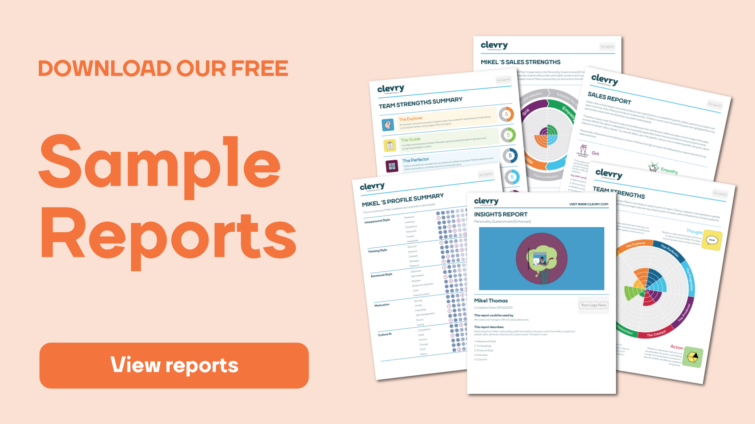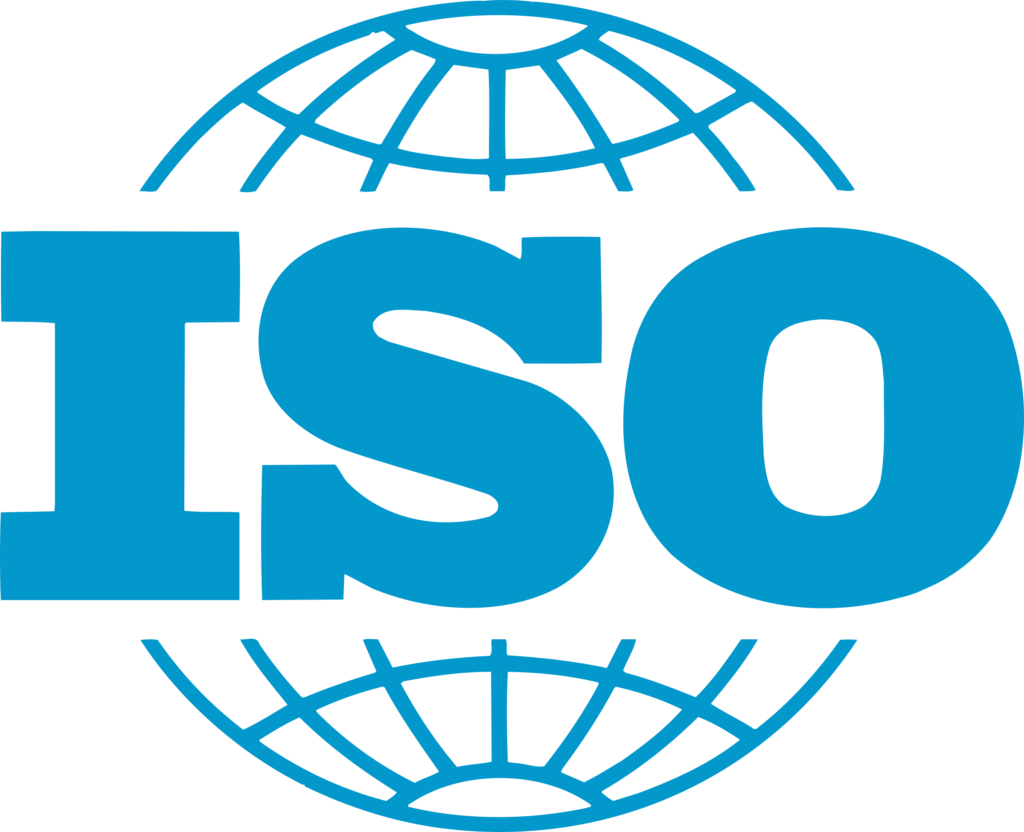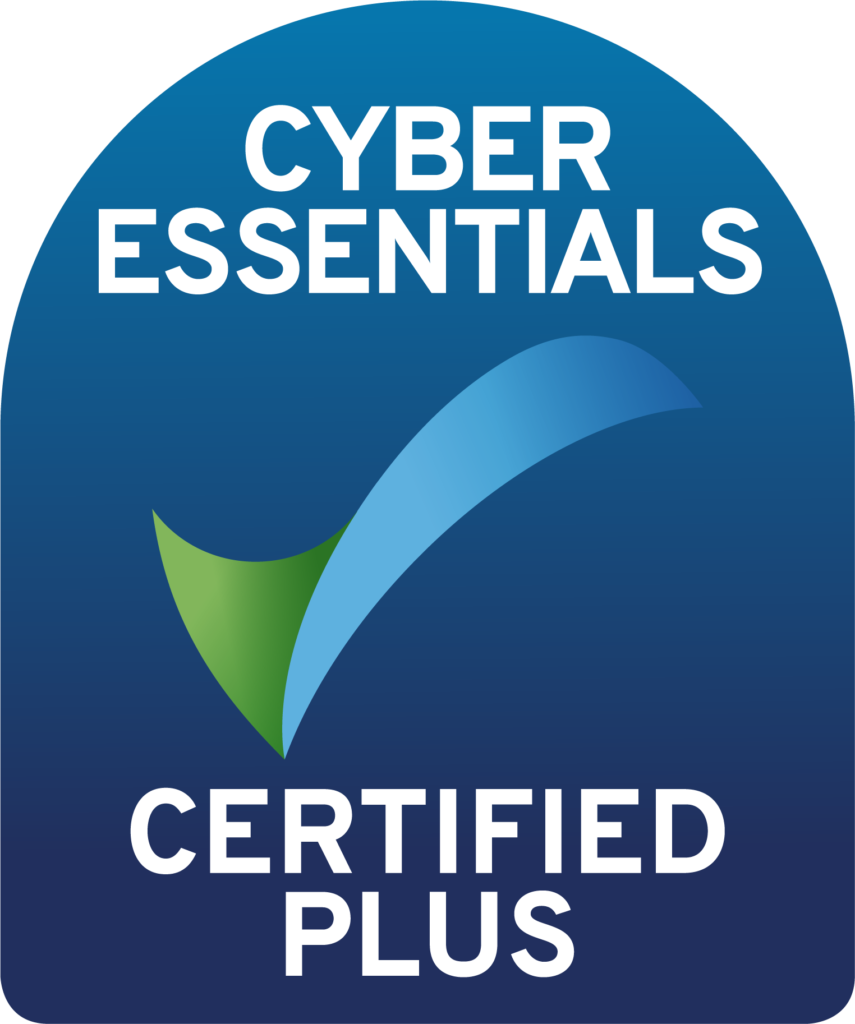In today’s rapidly evolving corporate landscape, having an inclusive recruitment and selection process can play a pivotal role in attracting and retaining talent from all walks of life.
In this article we will explore some actionable strategies to create a more inclusive recruitment process that not only appeals to a diverse pool of candidates but also supports equitable career advancement.

Language matters: Overcoming gender bias
Language holds the power to shape perceptions and influence decisions. Inclusive language is the cornerstone of an equitable recruitment process. Gender-specific terminology, such as using ‘He’ or ‘She’ instead of ‘They,’ can inadvertently discourage some potential applicants who do not identify within the binary. Open language, on the other hand, ensures that everyone feels welcome and valued.
Gender-coded terminology further helps to perpetuate this type of bias, reinforcing stereotypes that can limit opportunities for a small number of people. Expressions like ‘dominant,’ ‘leadership,’ and ‘driven’ have been linked to masculine traits, and can sometimes deter women from applying to those roles. Studies highlight that even subtle gender biases can dissuade some candidates from applying. HR professionals should therefore try to use more gender-neutral terms and focus on skills and competencies.
Beyond age and experience: Reimagining requirements
Traditional job listings often include rigid requirements such as years of experience and education levels. These criteria can unintentionally perpetuate ageism and limit diversity. Removing such rigid requirements encourages candidates from various backgrounds to apply, bringing fresh perspectives and skills to the table. Competence and potential should drive recruitment decisions, not arbitrary qualifications that imply a specific age range.
Equitable advancement: Navigating unconscious bias
Ensuring equal opportunities for career advancement requires a multifaceted approach. HR professionals must scrutinise their hiring and selection processes, training, and support mechanisms for those involved.
Awareness of unconscious bias is key. Personal preferences and familiarity with candidates should not sway decisions. Objectivity should be the guiding principle, focusing on competency and potential rather than subjective impressions.
Tips for more inclusive selection decisions
Establish clear role criteria:
Define role requirements in advance to minimise unconscious bias.
Mitigate decision fatigue:
Limit interviews to a manageable number daily to prevent cognitive overload.
Rely on assessment results:
Base decisions solely on assessment ratings, involving external moderation if necessary.
Standardise procedures:
Use consistent procedures for all candidates, from interview platforms to CV presentation.
Anonymise CVs:
Remove personal identifiers to focus on skills and qualifications.
Include diverse perspectives:
Engage team members who weren’t part of the initial selection process in decision reviews.
Regularly evaluate processes:
Continuously assess and adjust assessment practices for fairness and efficacy.
Metrics over Intuition:
Prioritise data-driven decisions over personal preferences.
To cultivate diversity and inclusion, organisations must facilitate open dialogue. Transparency and authenticity are crucial. Instead of merely meeting requirements for appearance’s sake, acknowledge areas for improvement. Encourage employees to share opinions and experiences, recognising that those unaffected by bias might not perceive its existence.
Qualities of inclusive leaders
Inclusive leadership is key to a more diverse workplace. Inclusive leaders tend to possess the following characteristics:
Emotional intelligence:
They exhibit empathy and understanding toward their team members.
Self-awareness:
They recognise and address their own biases and stereotypes.
Individualistic approach:
They appreciate individual differences and cater to diverse needs.
Continuous learning:
They stay updated with evolving policies and contemporary thinking.
Clevry’s role in promoting diversity and inclusion
Clevry’s online assessment platform aligns with best practices to enhance diversity and inclusion of your hires. Our multifaceted approach includes:
- Multiple assessments: A comprehensive evaluation process that considers various aspects of candidates.
- Clear Criteria: Well-defined role requirements to minimise bias and subjectivity.
- Behaviour-based ratings: Assessment scoring based on observable behaviours rather than subjective judgments.
At Clevry, we offer an external diversity and inclusion audit to assess your recruitment and selection processes comprehensively.
This audit involves our team of Business Psychologists, all with many years expertise in D&I. By investigating both internal and external career progression processes, this audit provides actionable insights to enhance your organisation’s commitment to equity.
Creating a diverse workforce is a journey that requires intentional efforts from across the board, from company leadership to HR. From language choices in your job adverts to recruitment practices, every step matters. Embracing unbiased language, reimagining job requirements, and fostering inclusive leadership are essential components of attracting and retaining talent from diverse backgrounds.
Our innovative approach further enhances this journey by promoting transparency, fairness, and equity in the recruitment, selection and progression processes. By following these strategies, organisations can create a thriving workplace that values and leverages the richness of diversity.



